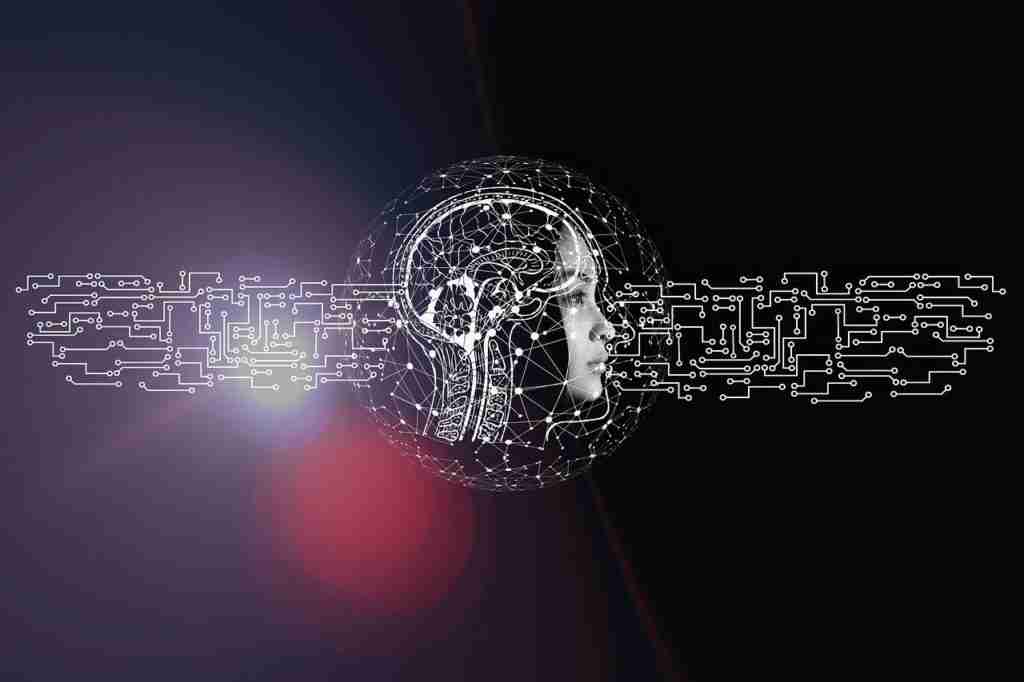Dinak: The Brain-Computer Interaction Division proposes an active brain-computer interface joint control solution based on deep reinforcement learning

Recently, Dr. Peng Junren from the Brain-Computer Interaction Division of Dinaike published a paper titled "Shared autonomy between human electroencephalography and TD3 deep reinforcement learning: A multi-agent copilot approach" in the Annals of the New York Academy of Sciences. According to surveys, about 15%-30% of users are unable to effectively operate traditional brain-computer interface systems due to physiological differences. Existing brain-computer interfaces only calculate human internal EEG activity and do not take environmental factors into account. Therefore, the Brain-Computer Interaction Division of Dinaike proposed an active brain-computer interface co-control solution based on deep reinforcement learning, which provides a new paradigm for the universalization of brain-computer interfaces through collaborative decision-making between humans and AI agents. In the next step, Dinaike will focus on the breakthrough and industrialization of core technologies for brainwave interaction, and promote brainwave interaction technology from the laboratory to industrialization.






